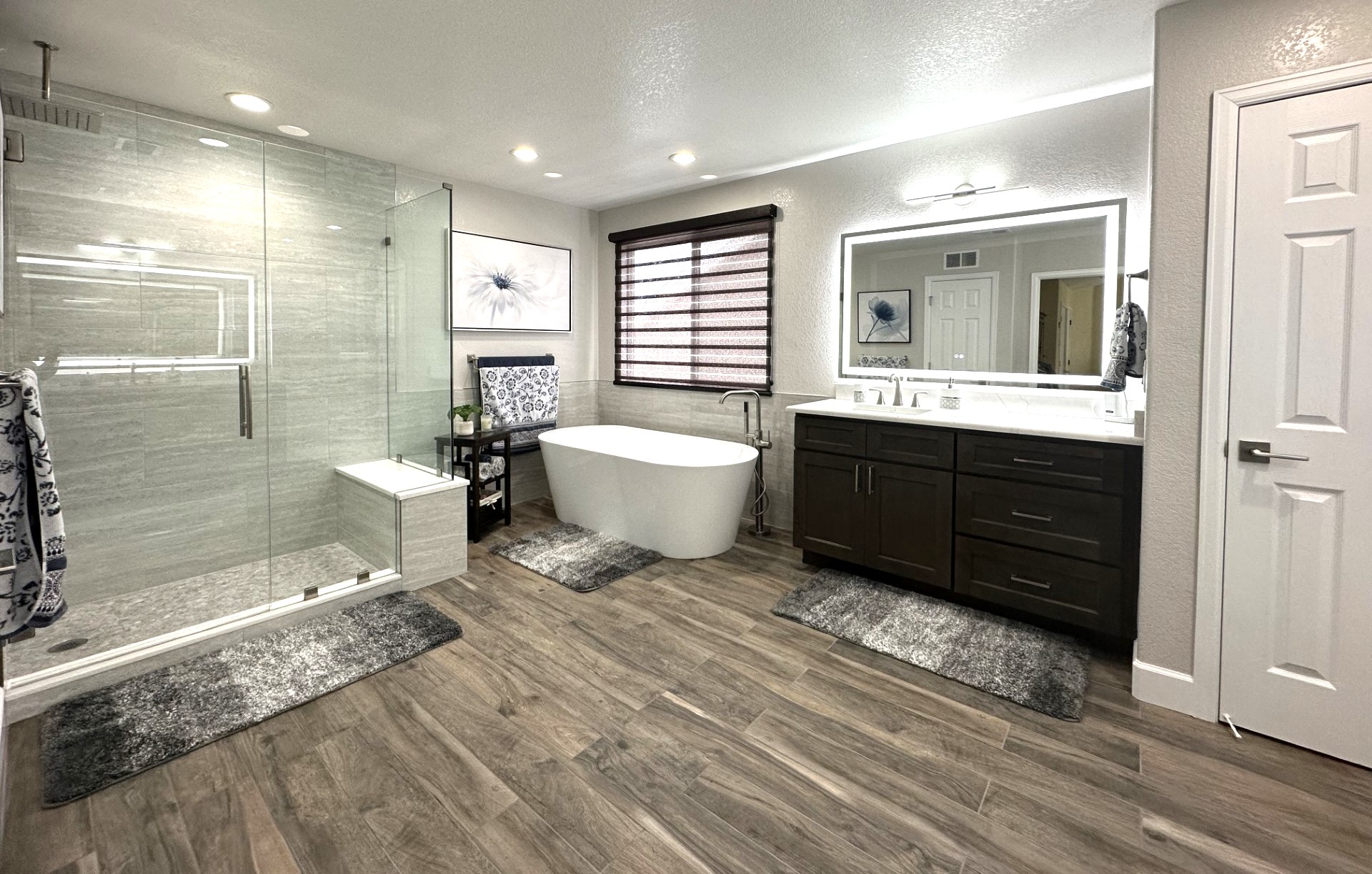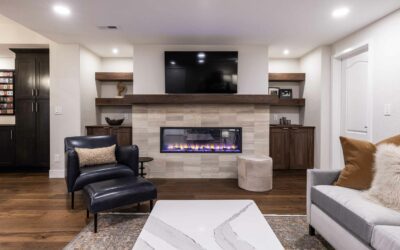Adding a bathroom to a basement is a popular way to boost home value and convenience. Whether creating a guest suite or simply adding functionality to the space, a basement bathroom can transform the way a basement is used. Here’s a comprehensive guide to planning, budgeting, and executing this exciting addition.
Assess Feasibility and Layout Options
Before diving into construction, it’s essential to assess whether the basement can support a bathroom addition. Confirming that the space meets code requirements and has adequate headroom and square footage is key. Next, consider the layout based on plumbing access. Locating the bathroom near existing plumbing lines, such as under an upstairs bathroom or near the water heater, can save both time and money. A professional contractor can help assess feasibility, ensuring the plan is practical and cost-effective.
Budget for the Project
Setting a clear budget is crucial, as adding a bathroom involves numerous costs, from materials to labor. Average costs can range from $10,000 to $15,000 or more, depending on factors like plumbing complexity, fixtures, and finishes. Consider breaking down the budget by category:
Plumbing and Electrical: Ensure proper wiring and water access, including any adjustments for drainage or ventilation.
Fixtures and Finishes: Include essentials such as toilets, sinks, showers, or tubs, plus aesthetic choices like tile and lighting.
Permits and Inspections: Factor in permit costs for electrical and plumbing work to ensure everything meets local codes.
Planning the budget in advance can prevent unexpected expenses and keep the project on track.
Plan Plumbing and Drainage
One of the most complex parts of adding a basement bathroom is managing plumbing and drainage. Because basement bathrooms are below grade, wastewater may need to be pumped upward, requiring special plumbing solutions like a sewage ejector pump or an up-flush toilet. Consult with a licensed plumber to determine the best solution for your basement, ensuring the system works effectively without risk of backflow.
Select Functional and Stylish Fixtures
Choosing the right fixtures can make a big impact on both the functionality and aesthetic of the basement bathroom. For compact spaces, consider space-saving options like wall-mounted sinks, corner showers, or compact toilets. Select durable materials that can withstand basement humidity, such as ceramic or porcelain. Lighting is also key; a mix of overhead and task lighting will brighten the space, creating a welcoming atmosphere.
Address Ventilation Needs
Good ventilation is essential to prevent moisture buildup, which can lead to mold and mildew. Installing an exhaust fan is often required by code and helps ensure proper airflow, keeping the bathroom dry and comfortable. Choose a fan with sufficient power to handle the room’s size, ideally venting it outdoors. Proper ventilation will maintain a healthy environment and protect fixtures and finishes from moisture damage over time.
Add Finishing Touches and Decor
Once the structural and functional elements are in place, it’s time to personalize the bathroom with decor and finishes. Light, neutral colors create an open feel, especially helpful in a basement setting. Add cozy touches, like soft towels and stylish storage solutions, to make the space inviting. Consider water-resistant flooring, like luxury vinyl or tile, to complete the look while providing durability. These finishing details add both comfort and personality, making the bathroom a true extension of the home.
Adding a basement bathroom requires careful planning, but with the right approach, it can be a valuable and rewarding addition to your home. For expert help in designing and building a basement bathroom, reach out to ElkStone Basements. With experience serving Colorado and Utah, ElkStone Basement offers comprehensive services to bring your basement vision to life, from layout to final finishes.




Recent Comments